打造 AI 引擎
專注於企業級邊緣運算架構,協助企業建置高效能且可擴展的 Edge AI 環境,支援各類 AI 模型在端側穩定運行,打造低延遲、高隱私的智慧應用。

偲倢專注於 AI 驅動的智能解決方案,提供瑕疵檢測至自動化整合方案,以及應用邊緣運算的大語言模型和智能監控系統,助力企業實現高效品質管控、模型應用擴展及即時異常檢測,推動智慧技術在多元場景中的落地應用。
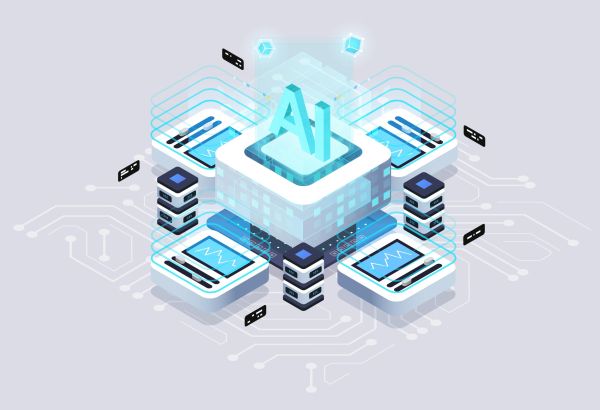
專注於企業級邊緣運算架構,協助企業建置高效能且可擴展的 Edge AI 環境,支援各類 AI 模型在端側穩定運行,打造低延遲、高隱私的智慧應用。
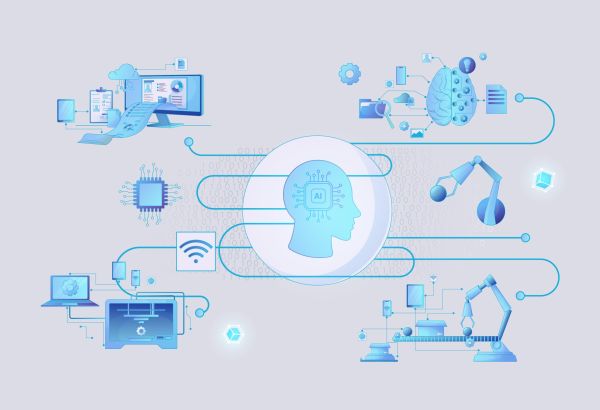
專注於 AI 瑕疵檢測領域,提供從影像採集、模型訓練到系統整合的完整導入解決方案,協助精密製造業實現智慧化品質管理。
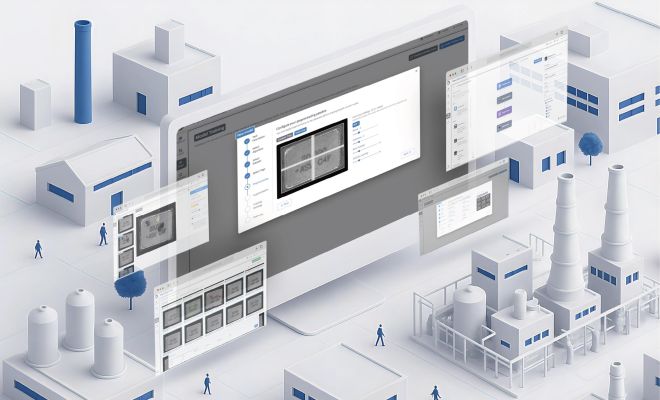
將 AI 技術深度應用於生產線,提升檢測速度和品質管控,以滿足高產能及高複雜度的檢測需求。
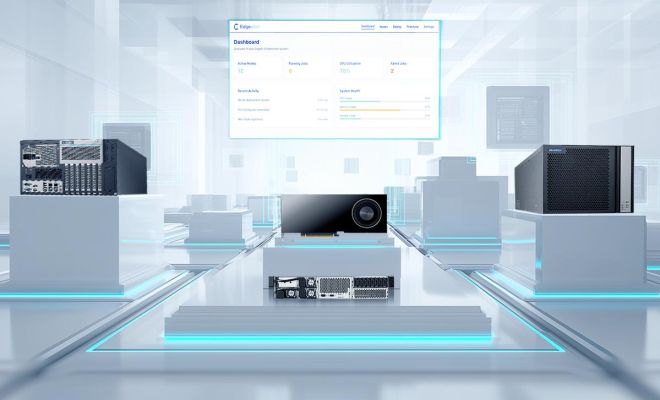
針對企業需求提供適配的硬體規格,整合彈性的模組化設計以及可快速建置的部署環境,協助企業穩定運行並管理大語言模型。
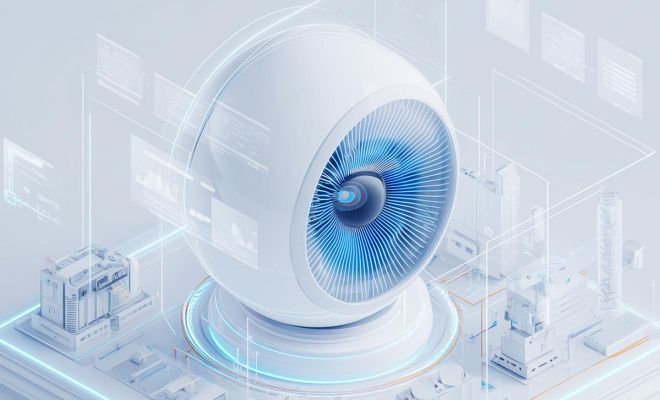
Spingence 提供完整的硬體選型及評估服務,讓 AI 瑕疵檢測導入更符合產線條件以及檢測需求,加速智慧應用落地。
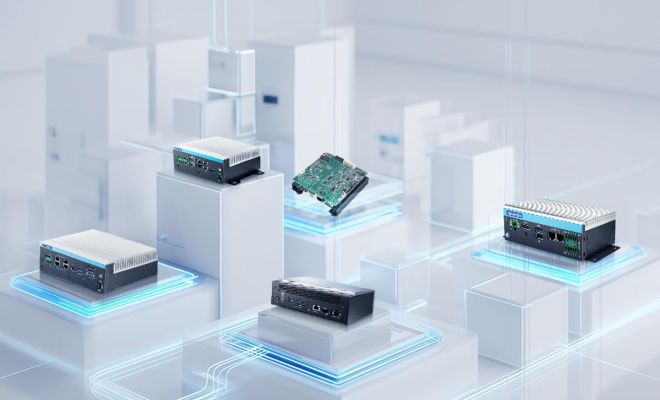
Jetson 系列具備豐富效能等級,能依據不同應用需求進行搭配,多元應用各種自動化場景,提供穩定可靠的解決方案。







Founded in 2015, Spingence specializes in AI-driven intelligent solutions, including the AINavi defect detection system and edge computing platforms Edgestar and Visionstar.
Our technology helps enterprises maximize digital assets, enhancing productivity, operational efficiency, and decision accuracy.
Through our flexible, scalable platforms, Spingence supports diverse industry needs and various application scenarios.
By closely aligning with client demands and exploring emerging technologies, we drive the implementation of smart applications, bringing the benefits of technology seamlessly into daily life.


Founded in 2015, Spingence specializes in AI-driven intelligent solutions, including the AINavi defect detection system and edge computing platforms Edgestar and Visionstar.
Our technology helps enterprises maximize digital assets, enhancing productivity, operational efficiency, and decision accuracy.
Through our flexible, scalable platforms, Spingence supports diverse industry needs and various application scenarios.
By closely aligning with client demands and exploring emerging technologies, we drive the implementation of smart applications, bringing the benefits of technology seamlessly into daily life.